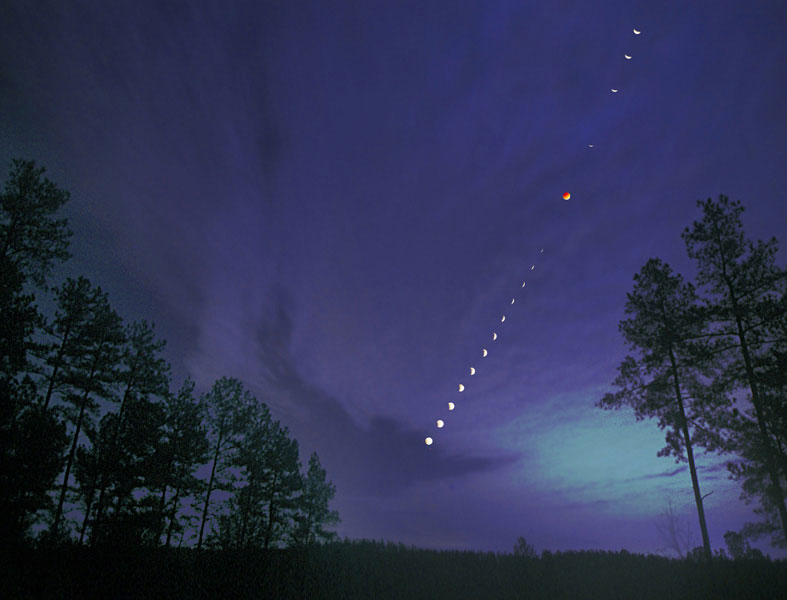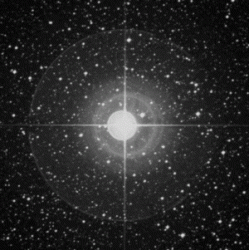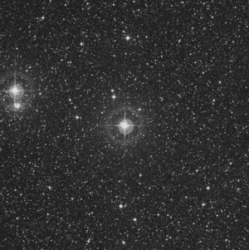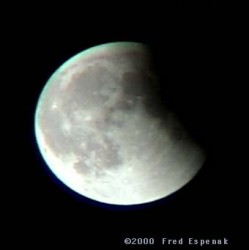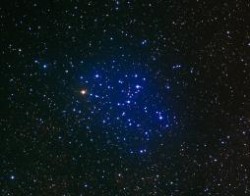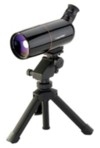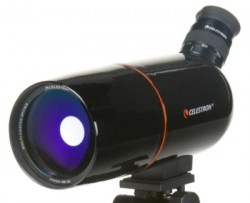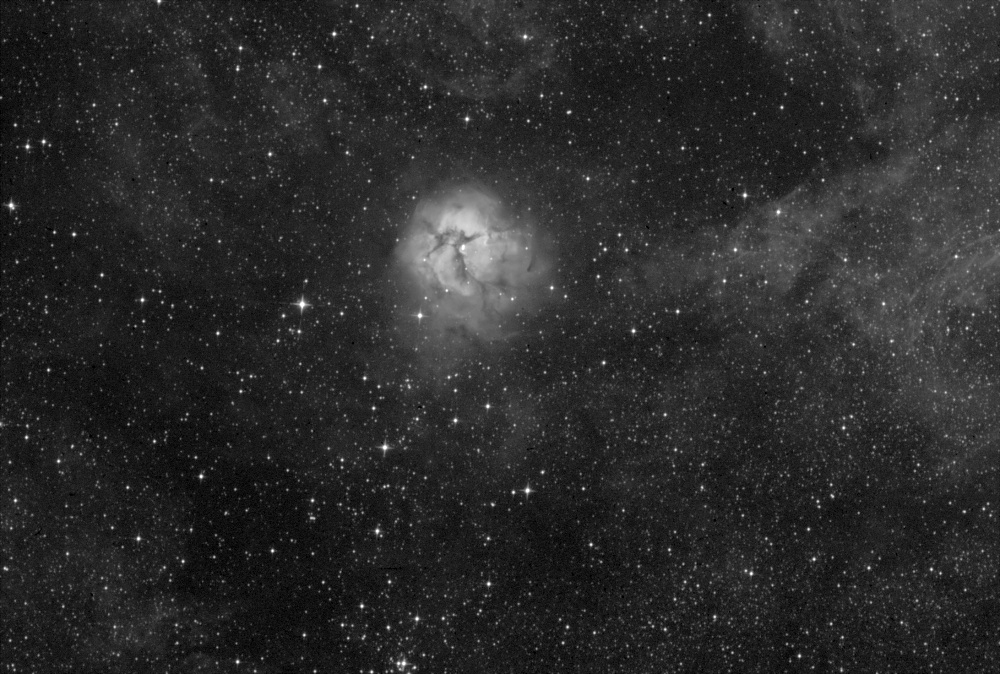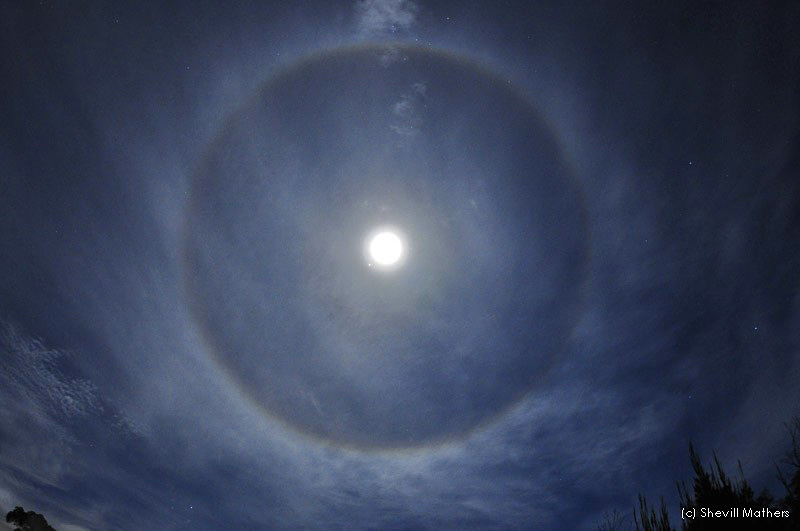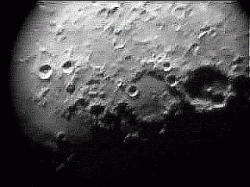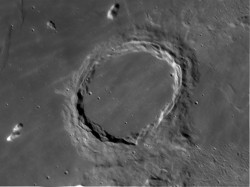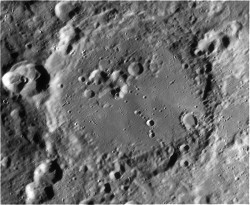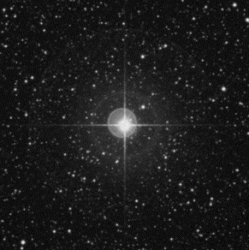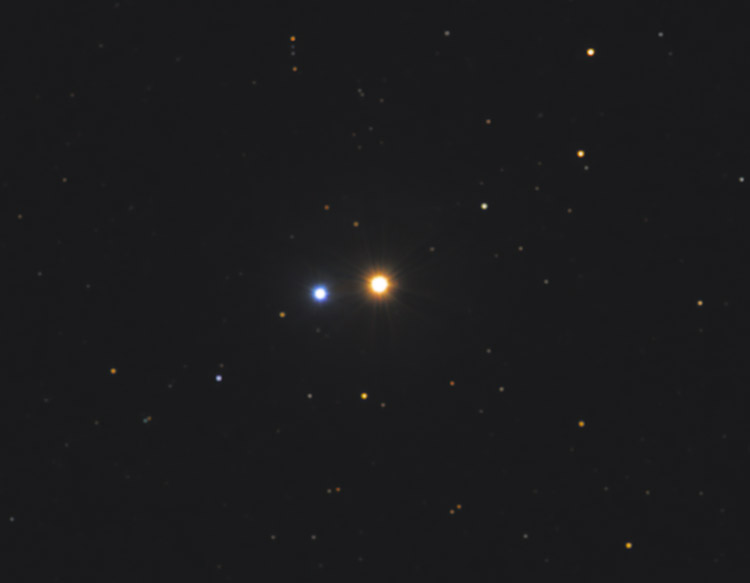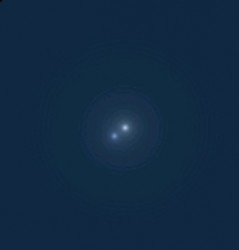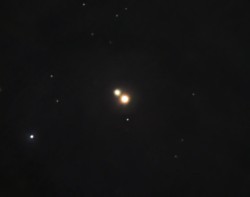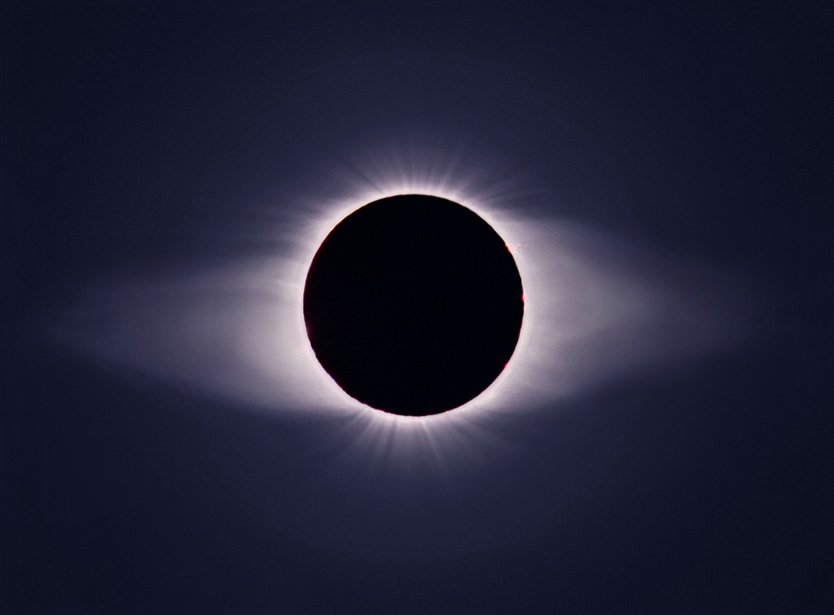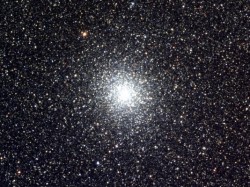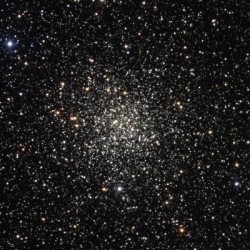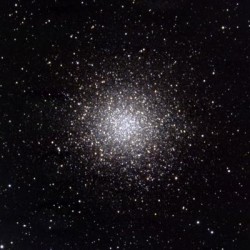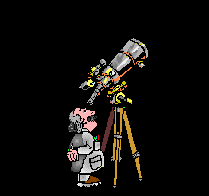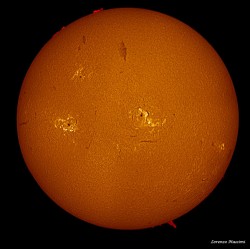Since Universe Today’s Ian O’Neill first introduced the idea of Google Earth’s 4D Ionosphere tool, it set my mind to wondering – wondering if the ionospheric changes caused by a meteor shower could be distinguished and used by those armed with a little knowledge and the program. That was months ago. Why wait so long before telling what I’ve discovered? Because any type of investigation of this sort requires a long history of scientific method based controls, lots of research, worldwide observations and… a few meteor showers.
First, let’s talk very briefly and simply about Earth’s ionosphere – your essential last frontier before space. The ionosphere is named for the ions mainly created by energetic particles from the Sun and space itself. These ions create an electrical layer that reflects radio waves and are arranged in layers. New ions are created during bombardment and older ones decay when faced with free electrons. This is a control. The balance of the amount of ionization seen at any given time through any given equipment – and dependent of solar activity, time of day, season and even height.
The F (F1 and F2) layers of the ionosphere are the highest and also the one most likely to be affected by solar circumstances. During daylight hours, F and F1 becomes more highly ionized and go down deeper to the different sky chemistry of the F2 zone. At night, there’s only one strong F layer and it fades as night progresses. Below this is the E layer which is totally unpredictable and just disappears at night. Closest to the Earth is the D layer – which forms during sunlight exposure and dissipates during night. These are all also control models and easily seen with the Google Ionosphere tool. Of course, there are always totally unpredictable things which can occur, but take into consideration that I am creating these control models while monitoring solar activity, the auroral oval and even the terrestrial weather patterns to a certain degree.
Thanks to the magic of the Internet, over the last several months I have been able to chat live with observers around the world as meteor showers have occurred in their locations and been able to compare what they can visually confirm with what I can monitor using the GE 4D Ionosphere tool. Sometimes the results wouldn’t be so great and other times it would be downright amazing. The key to understanding the whole thing is comparing the control samples and a whole lot of work. But, before we get into what it takes, I wanted hard scientific proof that meteor showers really do impact the ionosphere, so I went looking for studies.
According the McNeil (et al): “A comprehensive model of the effect of a major meteor storm on Earth’s ionosphere is presented. The model includes meteor stream mass distributions based on visual magnitude observations, a differential ablation model of major meteoric metals, Fe and Mg, and state-of-the-art modeling of the chemistry and transport of meteoric metal atoms and ions subsequent to deposition. Particular attention is paid to the possibility of direct ionic deposition of metallic species. The model is validated by calculating the effect of annual meteor showers on the background metal atom and ion abundances. A metallic ion density increase of up to 1 order of magnitude is observed, in agreement with in situ measurements during showers. The model is exercised for a hypothetical Leonid meteor storm of the magnitude reported in 1966. The model predicts the formation of a layer of metal ions in the ionospheric E region that reaches peak densities of around 1 x 105 cm-3, corresponding to a 2 order of magnitude increase of the quiescent nighttime E region density. Although sporadic E layers reaching or exceeding this density are relatively common, the effect is different in that it persists on the order of days and would be observed over nearly one-half the globe. The model predictions are consistent with the available 1966 Leonid storm data. In particular, the observation of enhanced, predawn sporadic E activity points to efficient collisional ionization of meteoric metals, as assumed in the model.”
Now let’s talk about what happens when meteors pass through the ionosphere, shall we? Down here on the ground, we “Oooh and Aaaah” over the pretty shooting star, but up there a process called ablation is beginning – that meteoroid particle is heating up and atoms are boiling off. Depending on energy and collision with an air molecule, these ablated meteor atoms are ionizing – freeing an electron and producing a positively charged ion and negatively charged electron. The infant ions begin to cool after they’ve been slammed about 10 times, which takes between a fraction of a millisecond at 80 km and as long as one millisecond at 110 km (according to Jones,1995). During this transition phase, the plasma density right around the meteoroid might take a big jump in structure which produces a large column or trail of enhanced ionization. Studies have shown these columns open up in a “flower-like” pattern and are similar to that which occurs near aurora (Farley and Balsley). These enhanced ionization areas can be miles across, but the free electrons and gas recombine very quickly. This means watching widespread ionosphere models for sporadic activity isn’t very productive – but when a large scale, predictable meteor shower occurs, things are different.
According to Danielis (et al): “More than 40 rocket flights through the main meteoric ionization layer, which peaks near 95 km, have sampled the meteoric metallic ion concentrations. Five of these flights were conducted during or near the peak times of a meteor shower. In each of the latter studies the observed meteoric ion concentrations were assumed to be a consequence of the shower. These measurements were not complemented by baseline observations made for similar ionospheric conditions immediately before the shower and no rigorous quantitative comparisons were made using average non-shower distributions. In order to further investigate the impact of the shower on the ionosphere, all published ion concentration altitude profiles obtained from sounding rockets in the meteoric ionization regime have been scanned to develop a digital data base of meteoric ion concentrations. These data are used to provide the first empirical altitude profile of the metallic ions. The average observed Mg+ concentrations are lower than those yielded by the most comprehensive model to date (McNeil et al., 1996). This compiled ensemble of data provides supporting evidence that meteor showers do have a significant impact on the average ionosphere composition. Although there is much variability in the observed meteoric layers, the peaks in the total metallic ion concentrations at mid-latitudes, on the dayside, observed during meteor showers had concentrations comparable to, or exceeding, the highest concentrations measured in the same altitude regions during non-shower periods.”
Bottom line… Can Google 4D Ionosphere spot major meteor shower activity or not? Here’s a few things to remember this before you try it. Each time you use the ionosphere tool you must visit the Communication Alert and Prediction System (CAPS) website and get the latest information to plug in. At the same time, use the SPIDR (Space Physics Interactive Data Resource) page to make sure of your control circumstances. Now, you’re ready to go! Without overloading this report with all my control images over the last few months (and please forgive the fact that I’m not a master at manipulating images) let me show you what I have…
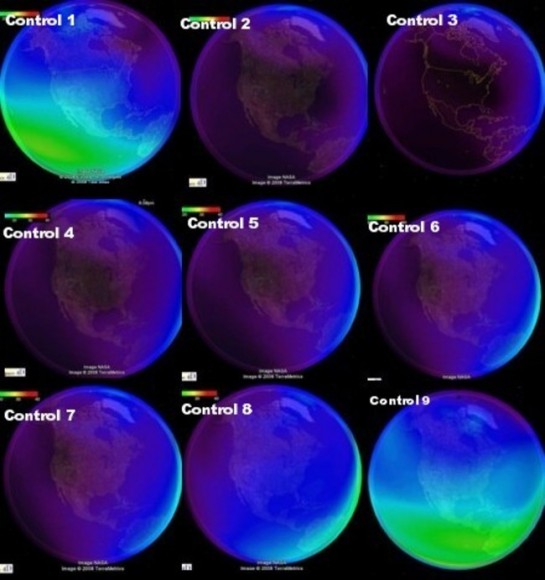
What you’re seeing here is a compilation of the Google 4D Ionosphere over basically North America during the time frame of August 11 beginning with twilight on the east coast and ending on August 12 at west coast dawn. This is a timeline of what occurred overnight during the 2008 Perseid Meteor Shower peak with visual meteor activity being confirmed as well. When you see blue, you are looking at tolerably good ionosphere – good for radio waves, low density, sunlight, etc. Bright red is high density not conducive to much of anything – like radio wave propagation. That’s what happens at night. So what’s black? Those are the “hot spots” – intense areas of ionization. They can occur randomly, they can be assisted by auroral activity – and apparently they can be traced to meteor shower activity.
Is this proof positive that the GE 4D Ionosphere is a way to watch meteor showers when nights are cloudy? If you remember to take all variables into account, refresh and check all your data and to exercise scientific control models, there’s no reason at all why amateur studies at home cannot provide at very least amusement on our parts. Google Earth 4D Ionosphere is endorsed by NASA and used by pilots, ham radio operators, earth scientists and even soldiers… why not amateur astronomers, too?
I am…
Disclaimer: This article was written and researched out of curiosity by Tammy Plotner and does not reflect the findings, research or applications of the sources stated within it. In other words, NASA doesn’t say you can use it to watch meteor showers and neither does Google – but no one says we can’t experiment with it! The author welcomes additional information, criticisms and comments…


